Negative space is the area around the subject in a nature photography composition. And to me, it is just as important as the subject itself. In some cases negative space can be just as important as your nature photography subject. It defines the mood… provides a sense of place… enhances or competes with the subject. It can make or break a nature photo. Therefore it is critical that you learn to build an appealing photo using negative space. When I shoot, negative space is always on my mind.
Negative Space in Photography Composition
I took this photo of the Wanka tree in New Zealand on a calm sunny day with a spectacular sky and calm lake that allowed me to capture this perfect reflection. In this photo, the Wanka tree is clearly my nature photography subject and the space surrounding it is the negative space. This includes the spectacular sky and the reflection in Lake Wanka as well as the mountainside. It is not the subject of the photo… but it’s important nonetheless.
The negative space complements the subject by giving it a sense of place. It also helps define the mood. Take a look at the photo of the same Wanka tree taken a few hours earlier during a passing storm. The main subject of this nature photography composition is exactly the same – the Wanka tree. However, the negative space surrounding it is very different. The calm blue skies and perfect reflection is replaced by passing dark storm clouds that gives this nature photography composition a more dramatic mood.
I am not suggesting that one photography composition is better than the other, but rather they evoke different feelings due to different negative spaces.
Negative Space vs Dead Space
Ineffective use of negative space in nature photography composition can turn it into a dead space. Unlike negative space, dead space does nothing to enhance the subject or the mood of the photo. More often than not, dead space distracts the viewers from the nature photography subject. Other times, dead space can be made up of elements that are unappealing or irrelevant to the subject you are trying to photograph. In such cases it is often hard to identify your subject in your nature photography composition.
Image #1 below is a good example of nature photography composition with lots of dead space. I took this photo near Lake Pukaki in New Zealand. The photo is ineffective at best… and that’s because it’s mostly dead space. What is my subject? Perhaps the blue mountain in the distance? Does the open field on the lower left add to the photo? Does the clear blue sky add anything? Do they help define the subject? I’d answer “no” to all these questions. The leading line on the right draws me toward that element… but the open field and the empty sky do nothing to highlight it.
Compare this photo with Image #2 that was taken at the same location at the same time. Here I used a telephoto lens to eliminate the dead space and help the viewer focus their attention on my subject – Mt. Cook. The sky, which forms the negative space in this image, also has interesting textures which help define the mood of an approaching storm over Mt. Cook.
The most effective nature photographers have learned to make the most of negative space – and to avoid “dead” space.
Tips for creating effective Negative Space
I am a firm believer in the importance of negative space in your nature photography compositions. I think it is just as important as the subject of a photograph. How you use negative space helps to define your image. It effects impact and mood and can make or break an image. Dead space can kill a photo, but effective use of negative space can enhance it.
When you are planning your photography composition, think about which detail is most important. This is your subject. Then, consider the surrounding details that should be included but are less critical – these become part of your negative space. Also consider the information that is unimportant and look for ways to eliminate it from your photograph. Here are a few tips to create effective negative space around your nature photos.
#1: Secondary Point of Interest
When used effectively, a secondary point of interest can be used to create an effective negative space around your subject. But if I’m using a secondary point of interest, I want to be sure I’m using the background in a subtle way that doesn’t take away from the subject itself. In Image #1, the blurred flower in the background adds a secondary point of interest in the negative space. It’s a soft compliment to the subject. However the secondary point of interest can also be color or mood. In Image #2, I used fresh green color in the background to give the viewers a sense of time.
#2: Depth of Field
Depth of field is a highly-effective camera setting to define the look and feel of the negative space in your nature photography compositions. Take a look at the photo below from Columbia River Gorge in Oregon. I took Image #1 with a wide aperture and used a much narrower one for Image #2. The subject looks nice either way… but the background is another story.
The negative space is a bit of a mess in Image #2. There is a lot of clutter that pulls your eye away from the point of interest. Image #1, on the other hand, is much more appealing. The smooth background lets the flower stand out and I’ve included just enough detail to give you a sense of place.
#3: Shutter Speed
Just like DOF, shutter speed can be used to eliminate distraction and create pleasing negative space around your subject. In Image #1 below, Jay used a super-slow shutter speed (53 sec) to eliminate all distracting elements, including the textures in the water as well as dark floating seaweed. The slow shutter speed also blurred the details in the clouds. The smooth texture-less nature of the negative space allowed him to draw the viewer’s attention to the sharp rocks as well as create a calming mood in this nature photography composition.
Compare this with Image #2 which was taken with a much faster shutter speed. The smooth negative space in the first image now turns into dead space in this nature photo with prominent textures and dark seaweed that does not add to the overall mood of the image.
When you are shooting, do you think about negative space? An effective nature photography composition requires that you build a photo around your subject. So pay attention to your negative space when you are shooting and make sure to eliminate any dead space in your photography composition.
If you have tips to share with our readers to effectively use negative space in your photography composition, please feel free to comment below. We always appreciate your input!
Visual Wilderness https://ift.tt/34OQQz1
Sourced by Time Trap Photography sharing the best photography tips, news and tricks throughout the industry. Time Trap Photography is dedicated to freezing those special moments in life that can be revisited and admired for generations to come. - Shannon Bourque
Please visit our main site for booking availability and rates.

Receive valuable industry knowledge delivered free to your email each day.


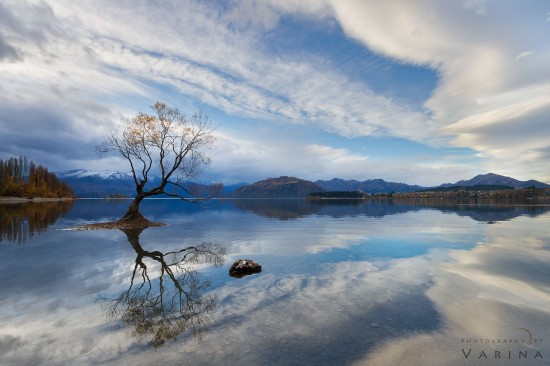

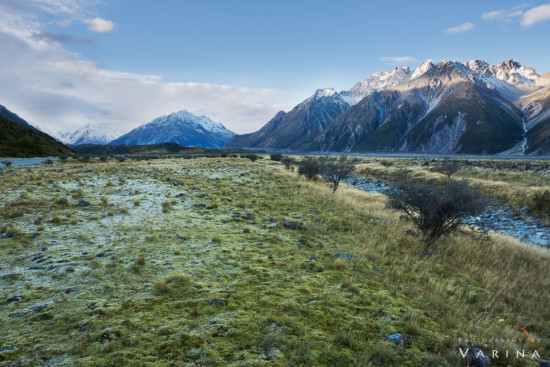
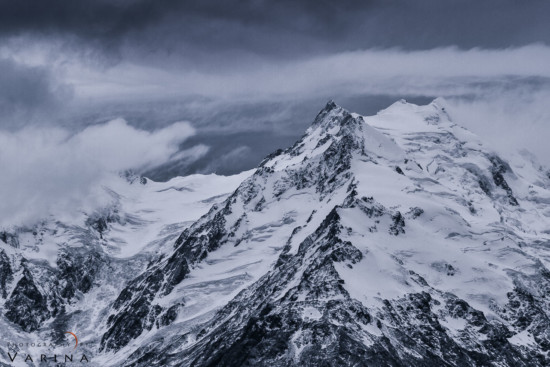
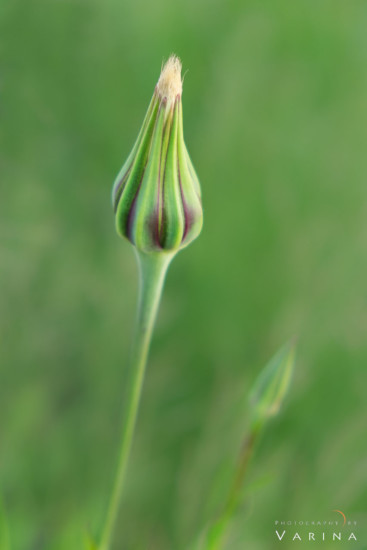
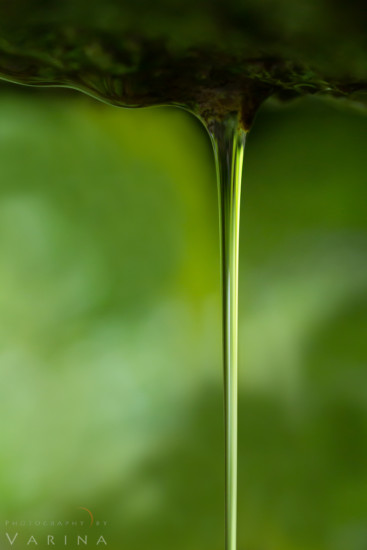
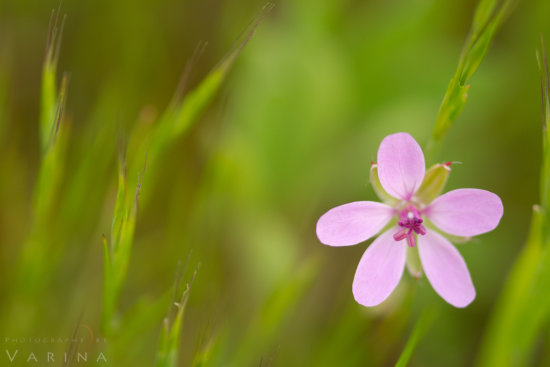
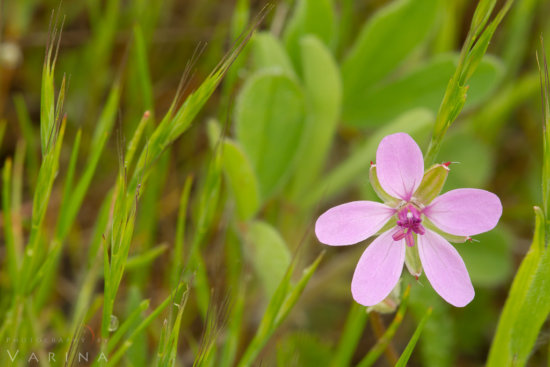
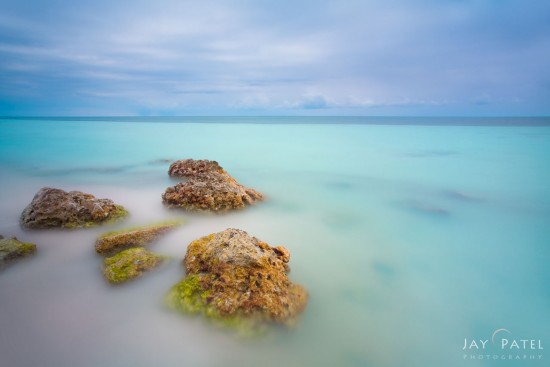





No comments:
Post a Comment
Thank you so much for your comment. A moderator will review and approve all relevant posts. We appreciate your support and encourage you to stay with us by subscribing to our email updates. Where you can easily pick and choose what photography subjects interests you. Subscription link: http://bit.ly/photo-sub